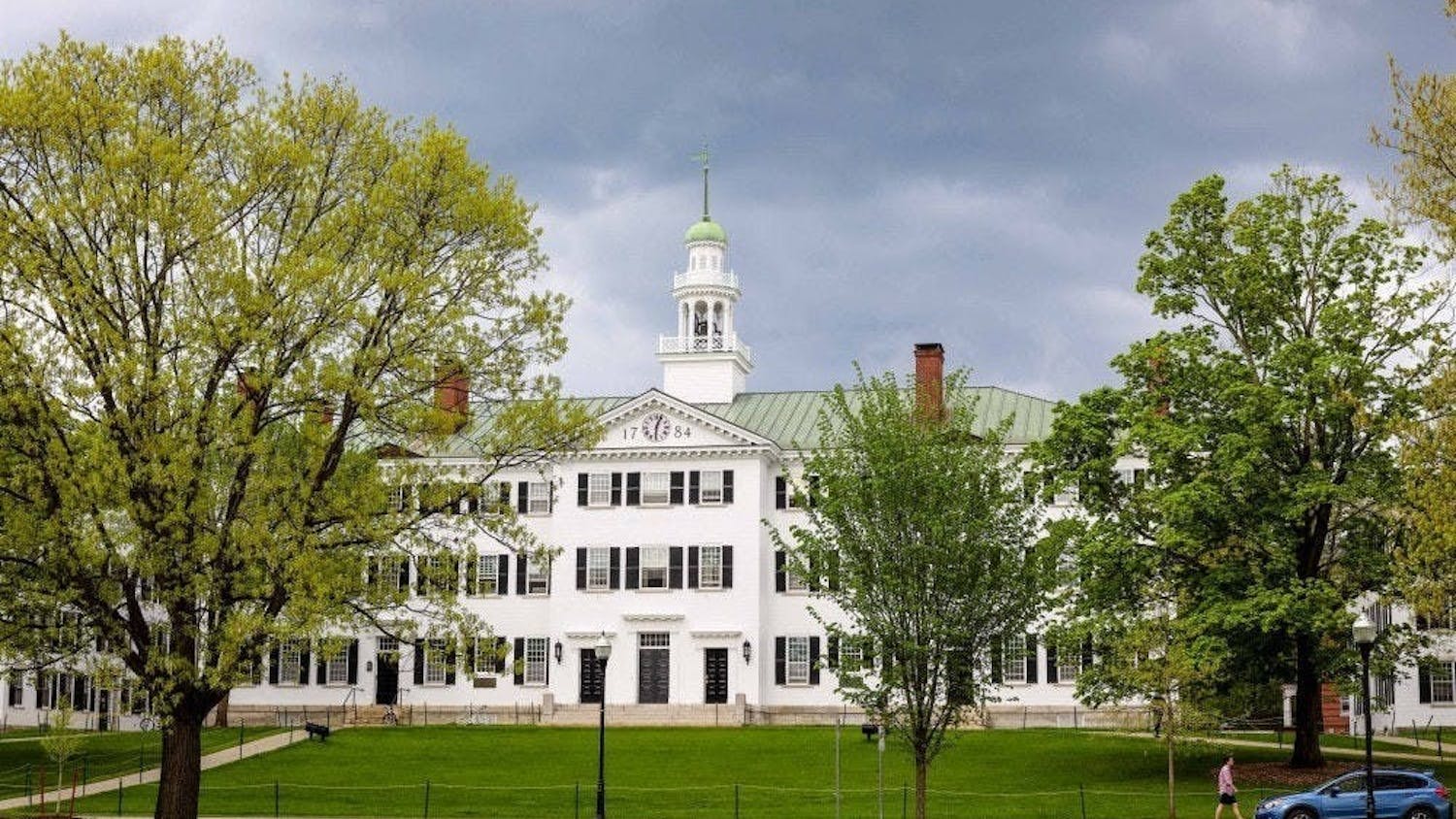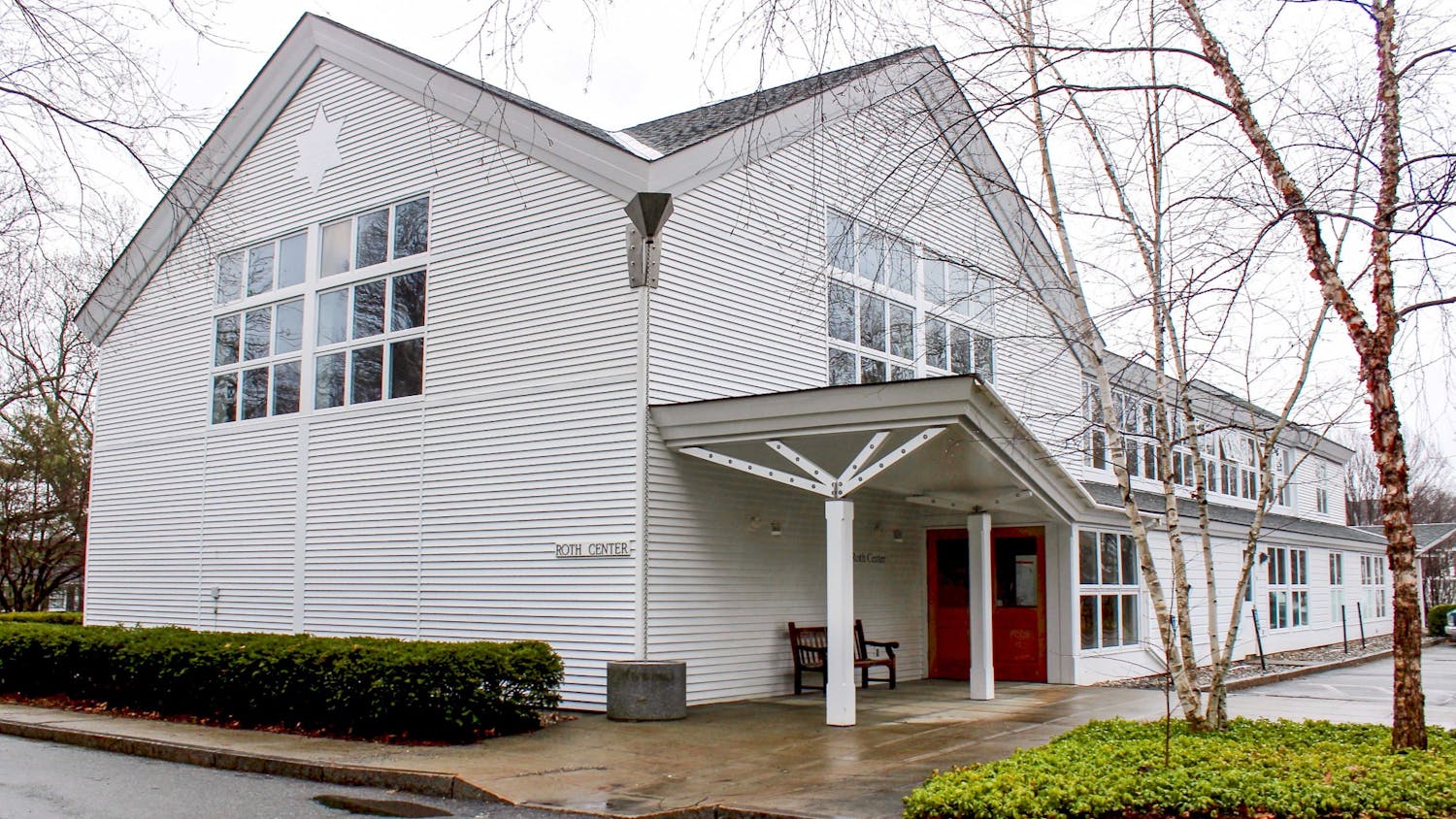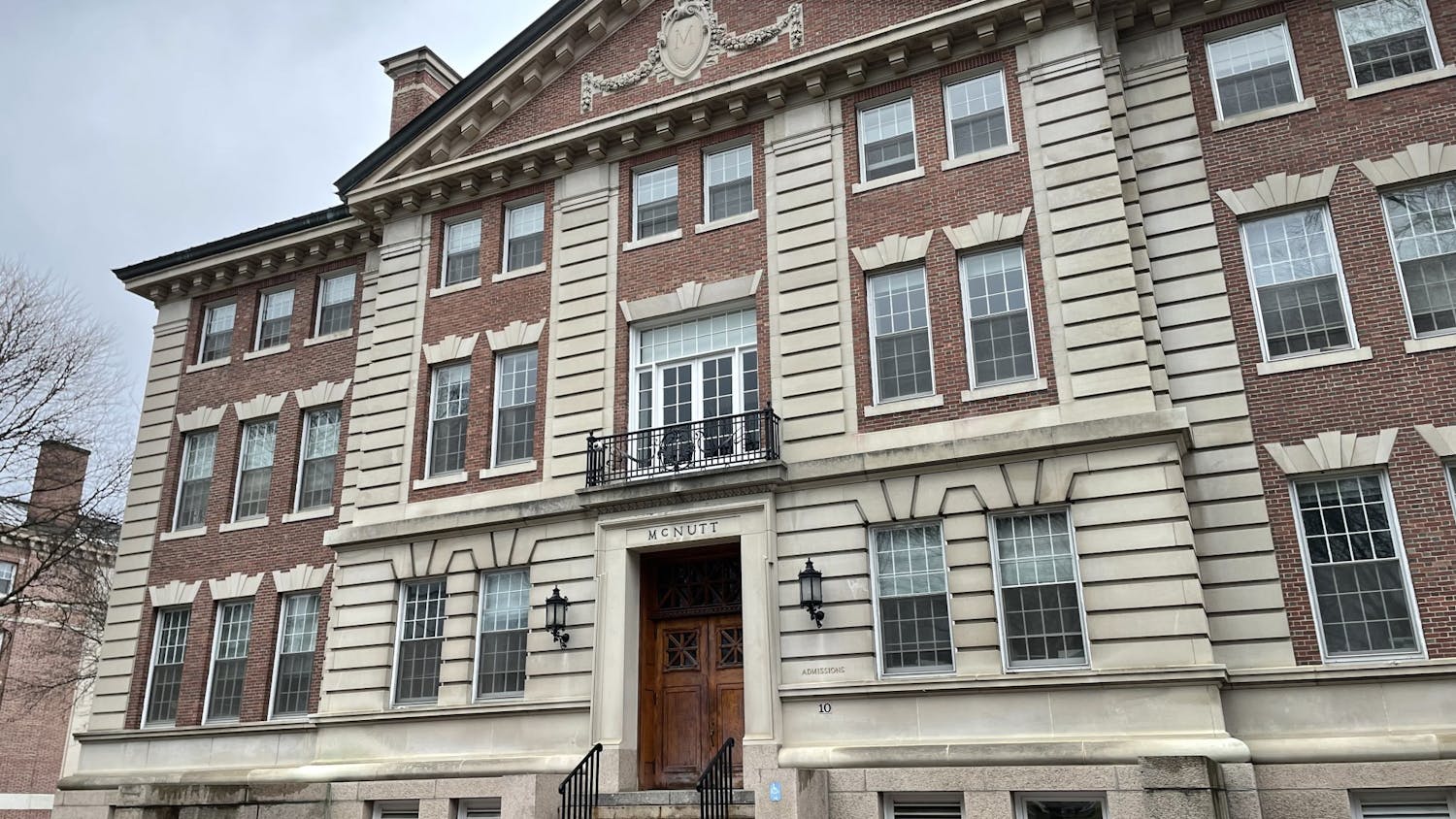In November 2015, Dartmouth announced the creation of a house system as part of the Moving Dartmouth Forward initiative, featuring six new house communities intended to serve as a residential life model for students. The approaching end of this summer term also marks the end of Dartmouth’s first year with housing communities and the changes these communities brought to the environment of the College.
The six houses of the College include Allen, East Wheelock, North Park, West, School and South. Astronomy professor Ryan Hickox, who is the house professor for West House, said that the house system had three main goals — intellectual engagement, community building and having a sense of continuity in the residence halls. He said that he has already seen the beginnings of a more cohesive community in West House, as well as progress towards intellectual engagement between students through formal talks, community dinners and receptions with faculty and staff.
In terms of continuity, Hickox said that he is only starting to see its beginnings. He believes that it will become more evident as students return next year to the same set of buildings.
“I’ve heard from the staff at residential education that even over the course of this year, [the house communities] have been a real benefit when people leave and come back since it’s the same people they return to, and they can really build on these relationships instead of simply starting from scratch,” Hickox said.
A demonstration of continuity was also evident in an event that occurred on the day of room draw at West House in the spring, he said. The community gathered for a reception in the lounge of Fahey, where free gear and food was available.
“The main point of it was for students who were looking for rooms to come together and see the people who would be living around them,” he said. “We saw examples of people, including first-year students, who were looking for roommates and found roommates in that physical space.”
Students can have experiences with their housing communities that are based not only on their individual interactions but also on their class year. As first year students do not live in the house itself, Hickox said he often had to extend efforts to bring them into the community through events such as community dinners, which proved successful. In contrast, many seniors enjoyed access to faculty, other members of staff and each other and also enjoyed taking advantage of what would be, for most of them, their last opportunity to be part of a scholarly environment at Dartmouth.
“It was really helpful for me to see the community as a resource for what [the seniors’] next steps could be,” he said. “There was a distinction in the way the different classes interacted with the house system, but each one had their own positive way of engaging with it.”
Hickox said that the ultimate ambitions of the houses was to create an environment where students could have intellectual and cultural exchange between themselves. He said that he was struck by how individual conversations during house events indicated this intellectual exchange. This was most evident at a senior thesis dinner, where seniors presented their theses to each other and discussed their individual topics. He also mentioned a series of wine seminars, where Resident Fellows invited students who were over 21 years old to drink wine and talk to each other.
“But in terms of overall environment of the College, there’s room for progress where students build those connections outside of the classroom,” he said.
While the house system has made significant progress on its three goals over the course of its first year, these goals are not yet completed, Hickox said.
“Communities don’t just emerge spontaneously; it takes time to build them up,” he said. “It’s similar with academic engagement, we have to build expectations and structure where people can engage intellectually with each other.”
In terms of plans for next year, Hickox said that he has a clearer idea of how to advance with certain events and programming based on what was successful this year. Other plans for the coming year is deliberate engagement of first-years in the community outside of the context of their residential house, as well as providing opportunities for more social events.
Incoming student Evan Muscatel ’21 said that although the house communities did not play a role in his decision to apply to Dartmouth, he learned about it afterwards and felt his house community would be a good alternative social space.
Hickox said that he was also anticipating having the incoming sophomore class know each other as a group.
“We’re looking forward to having an event for sophomores to get to know each other and really recognize each other as being part of the same community that they’re really going to be in for the next three years,” he said.
Sean Hawkins ’20, a member of East Wheelock house, said that coming into Dartmouth, he did not expect to be as involved in his house community as he ended up being because upperclassmen had told him that it would only provide an alternative social space.
“But I do feel like it is a meaningful community, and I’m friends with more people in my house than with other houses,” he said. “I do feel like it is doing what it was supposed to do.”
However, Hawkins said that he felt some frustration that he could not be roommates with friends from other houses. Muscatel also said that he thought it was unfair that students might not be able to live together with friends if they belonged to different communities.
Although the past year was too brief to establish significant traditions in the housing community, certain things have bonded students together, including house symbols, Hickox said. For West House, the elm tree in front of Russell Sage and Fahey was established as their house insignia.
“We had a survey to update the insignia, and students wanted to keep the elm tree,” he said. “That was something that was bonding people together just last year. We’re now in the process of working with a professional firm for insignias for all the houses, and each group providing input sees this as an opportunity to provide some cohesion for communities.”
Hickox said that whether or not certain traditions are established will be based on the next few years.
“I feel like a lot of students have had a good impression of what it’s like to live in a house community, and that’s the most important thing,” he said. “The best metric may not be just the attendance of the events, but that students are happy about being in the community that they’re in.”



